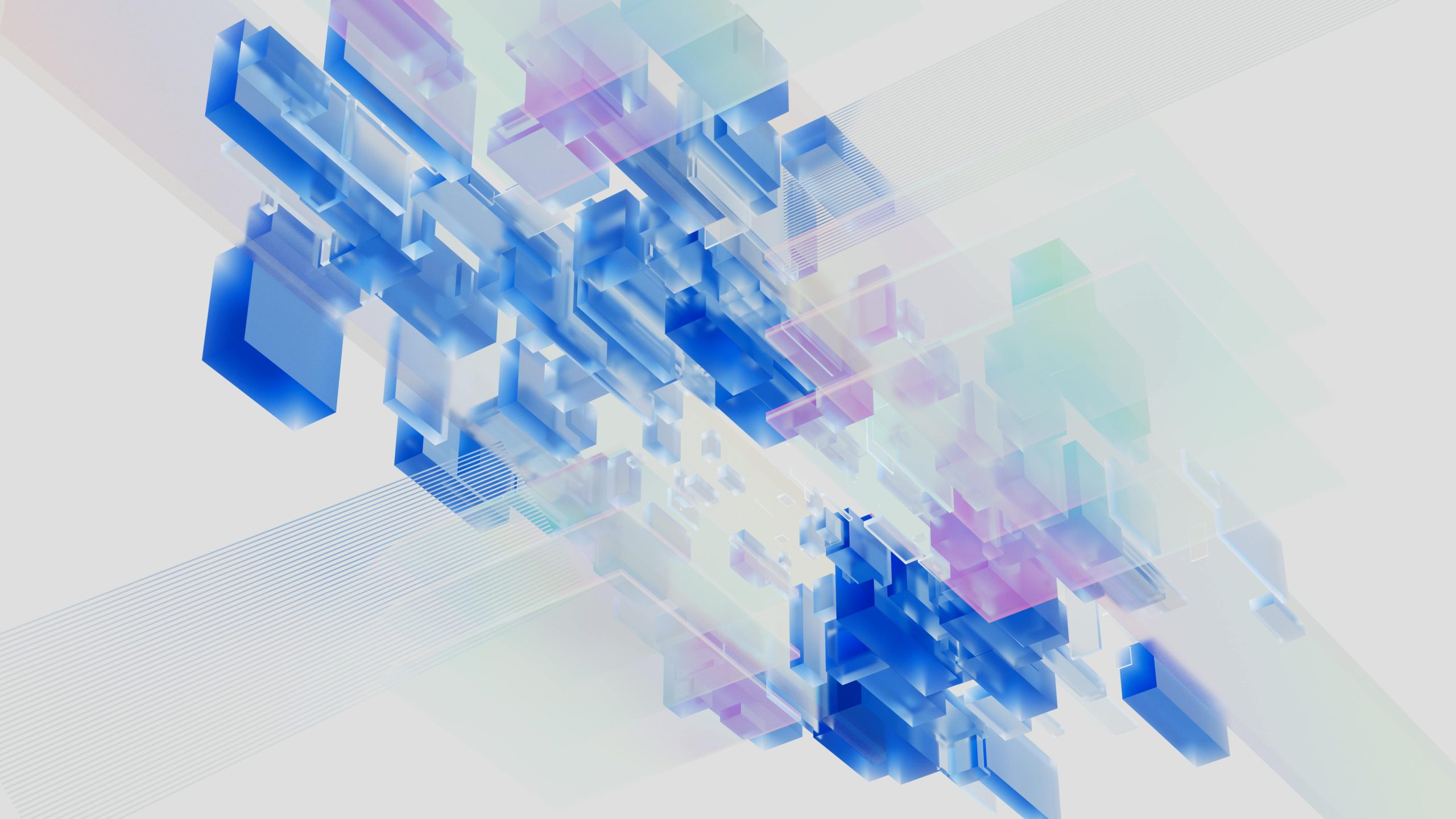The three elements of designing an office include mobility, sustainability, and flexibility. In the modern world, offices are no longer simply places where people come to work. Offices have come as spaces, where the personality of the employee is reflected. Since an employee spends a major part of his day in the office, it makes sense to make that space as comfortable and pleasing as possible.
Offices today reflect the mantra of a company. You can sense the prevailing culture of an organization by just walking into one of their offices. The design of an office is meant to convey a message to its clients and shareholders.
The design of an office has come a long way since the earliest times when all it took were a couple of chairs and tables. The concept of ergonomics as applied to an office space has begun to gain importance only recently. The focus has shifted from giving every employee his private space to throwing open cubicles to ensure that more collaboration is encouraged. Instead of using micromanagement to make sure that work gets done, the principles of psychology are being applied to increase productivity and improve efficiency. A happy employee is a productive employee.

Other factors that influence the design of offices today are the ever-increasing property prices and electricity charges. Designers and architects are forced to do more with less. This has led to the creation of more shared space than ever before.
The trends seen in office decoration today reflect the evolution of the workspace.
Open workspaces
Closed and private box-like offices are being replaced with open and transparent workspaces. The use of clear glass instead of frosted panes further adds to the open feel. Low horizon cubicles allow employees to interact with each other more easily. This arrangement reduces the amount of time it takes to receive and transfer information among employees.
Collaborative workspaces
Employees are found to be more productive when placed together rather than isolating them by seating them in separate cubicles. A workspace where four or five people share desk space and a common phone line is becoming popular.
Benching is another popular office design today. It promotes collaboration and cross-functional team work. Since organizations today are breaking down departmental and hierarchical boundaries, an open seating arrangement helps integrate the concept of seamlessness into the work culture.
Flexible workspaces
Shrinking office space has forced designers to improvise and make the best use of the available area. This has led to flexible paneling and furnishing that can be moved at will. Common meeting areas are being moved to the center of the office where all the employees can see them. When seminal ideas are freely floated around, it is generally hoped that greater things will come about.
Integrated technology
A flexible office design can only be functional if integrated technology is available. Employees should be able to take a seat anywhere in the office and begin working. Video conferencing tools to enable people to communicate with each other should be available and functional. The key to effective functioning of global organizations today is instant communication and collaboration.
Use of bright colors
The use of colors to liven up the workplace is the latest trend in office design. Instead of the usual white and grey, a tasteful blend of colors is used. Colors such as orange are employed to encourage people to be active. It has been found that when employees are allowed to decorate their workspaces according to their tastes, they tend to be more productive. Using live plants, decorative objects, flower vases, fish bowls, or other little knick knacks helps the employee feel at home. An aesthetically pleasing office draws employees to it and makes them want to come back to it day after day.
Comfortable chairs
For people whose jobs involve sitting in one place for a majority of the day, comfortable and ergonomically designed chairs are a plus. It allows them to accomplish more work than they otherwise would have done. Adjustable and well upholstered chairs add to the comfort factor of an office. However trivial a detail this may be, it is surprising to see the rise in productivity for employees who do not have to deal with constant discomfort throughout the day.
Private and community spaces
As cubicles and private offices are done away with, employees feel the need for some private space in which to pray or meditate or simply have some time to themselves. Designers today are planning offices with little niches for employees to unwind. These spaces are sparsely furnished—perhaps a few cushions or chairs—but they serve their primary purpose of providing privacy.
Rooms for yoga, lounge rooms, and game rooms are also some of the amenities that modern designers provide for employees to unwind. It has been established that being chained to one’s workspace does not necessarily boost productivity. In fact, after a period of time, it may cause demotivation. Taking regular breaks is conducive to better-quality work and these recreation rooms help employees refresh their minds.
Environment-friendly materials
Today’s offices are switching over to using environment-friendly materials for furniture and supplies. Designers choose electrical appliances that consume less energy. Walls are painted with “green” paint that is low in volatile organic compounds, which emits fewer greenhouse gases. Organic fabrics are preferred to synthetic ones. Employees are educated about their carbon footprint and the ways in which they can reduce it.
Adequately bright meeting rooms
Meeting rooms should inspire clear thinking and unique ideas. The correct use of light—not too bright and not too dark—should help stimulate employees to think and bring a sense of purpose to the room. The number of objects that can distract people from the task at hand should be minimized. Grey or brown tones are preferred for the furniture and the walls of such rooms. In short, keeping meeting rooms minimalistic is the latest trend in offices. The implication is that if the rooms are free of clutter, they will pave the way for clear thinking.
According to industry norms, offices should be redesigned every 7-10 years to reflect the newest styles. Keeping up with the times is important to project a modern and competitive image to the world.
Author Bio:
Andy Storm is Online Manager for InlinesDesign. He likes to blog about various tips and tricks related to home improvements and interior designing.












Add Comment